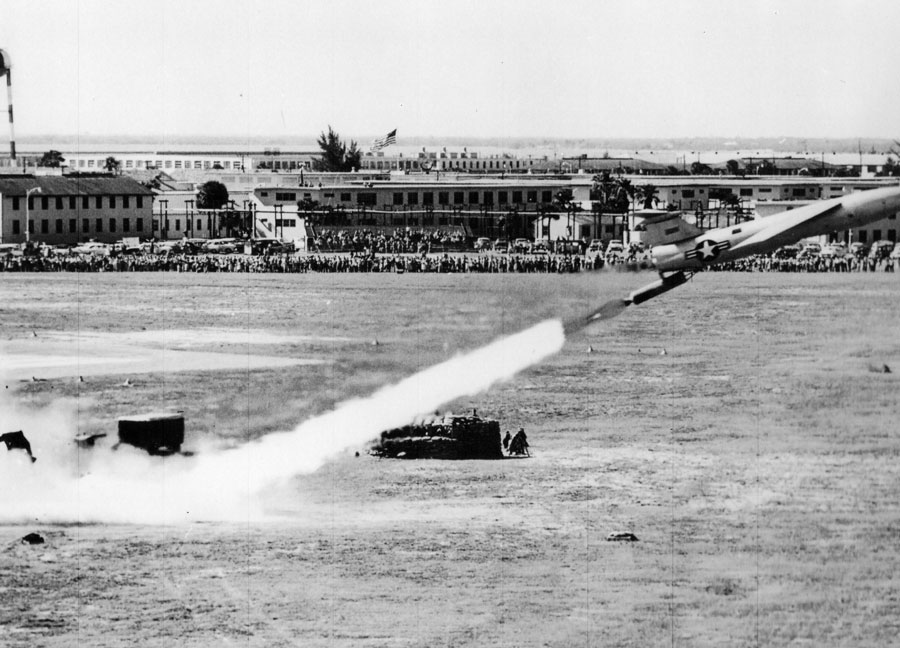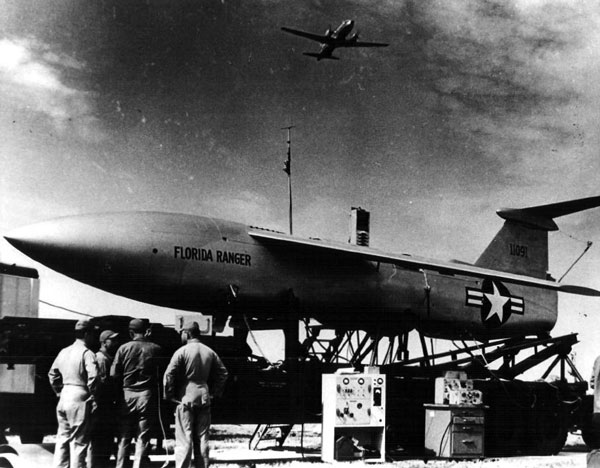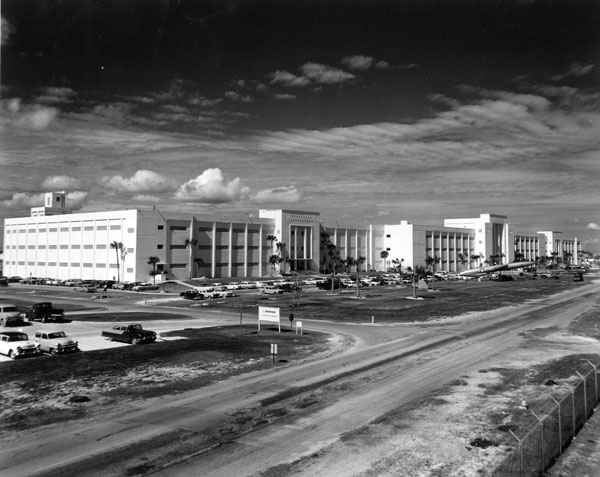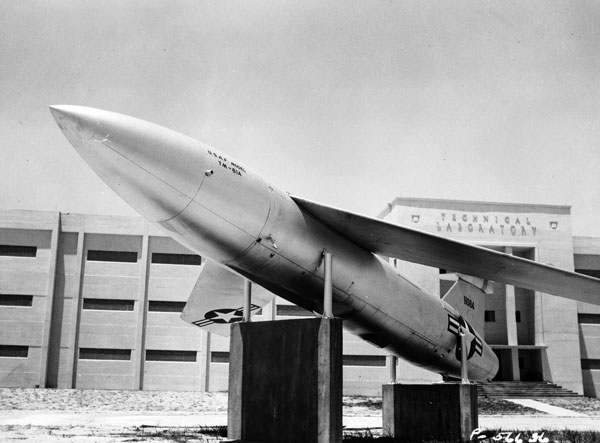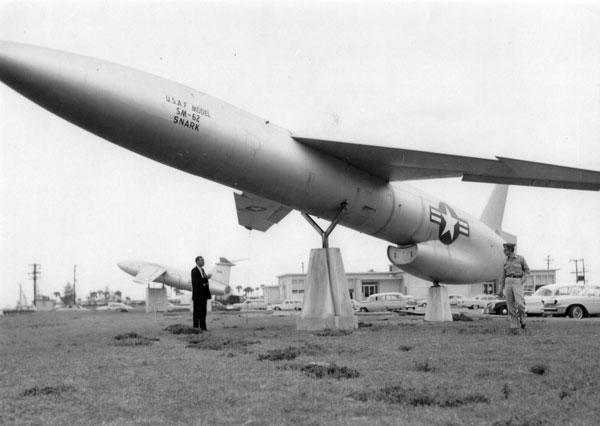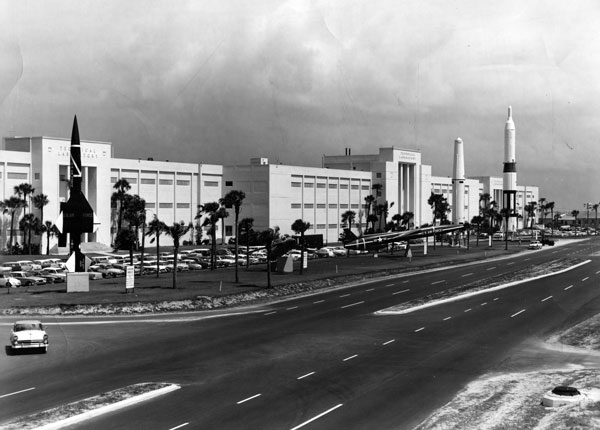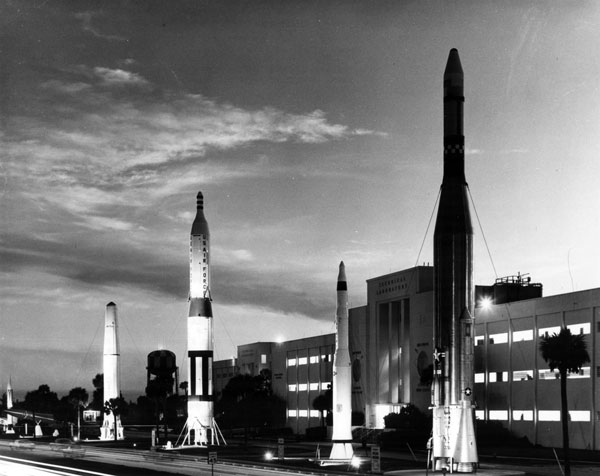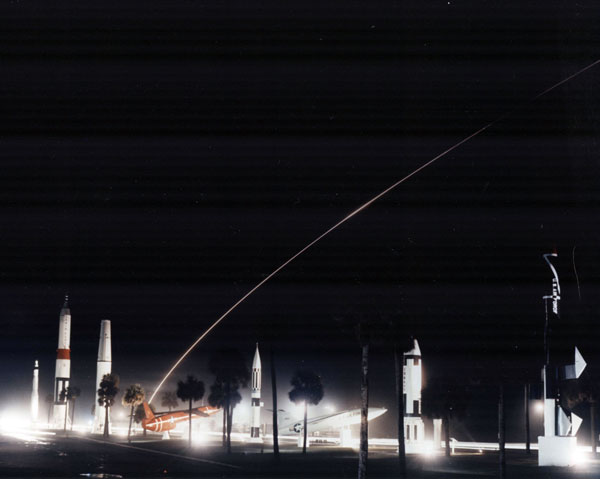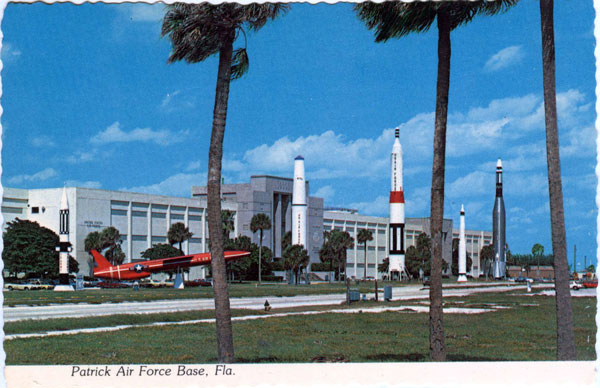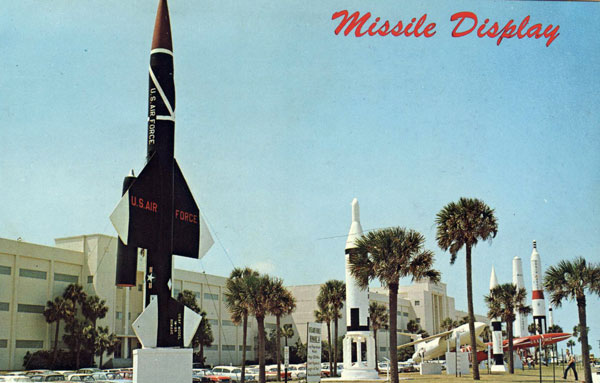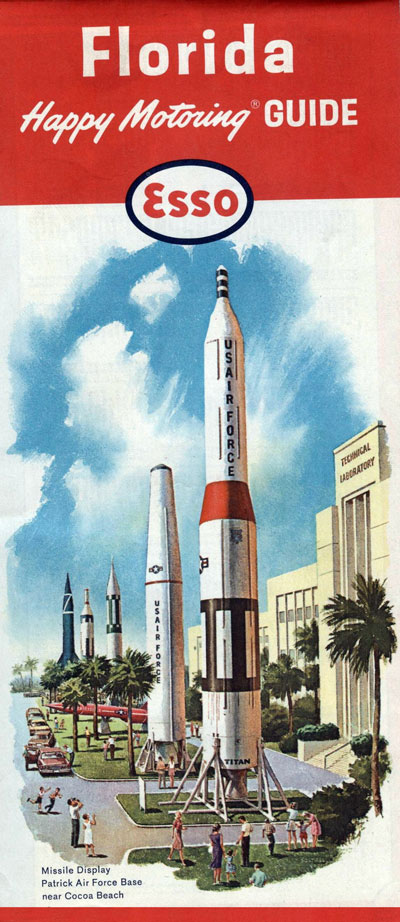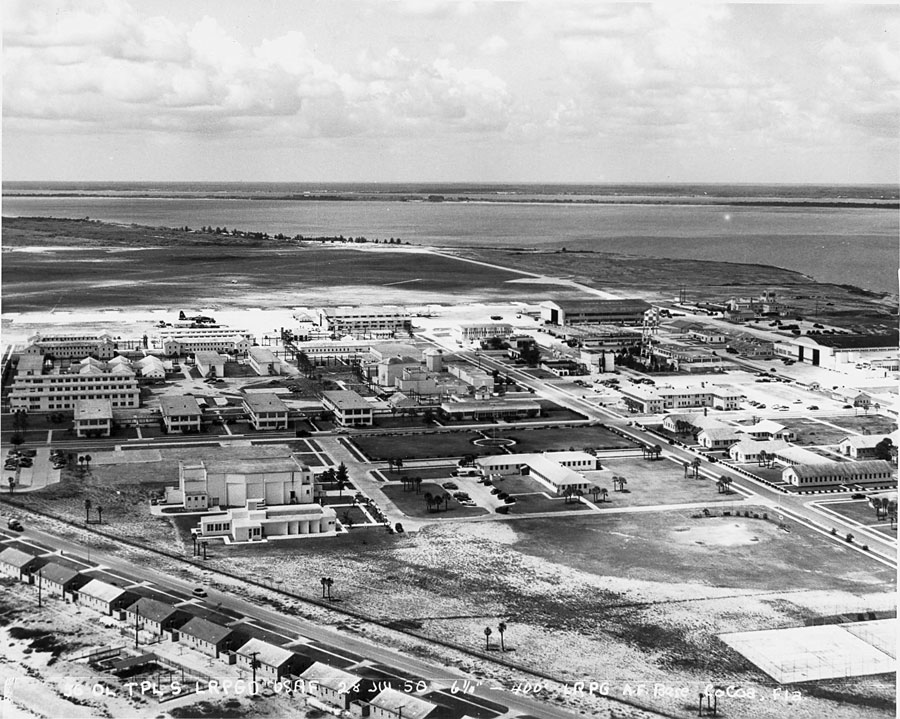
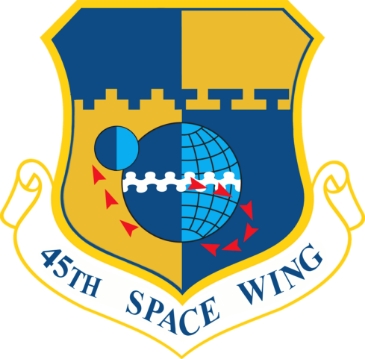
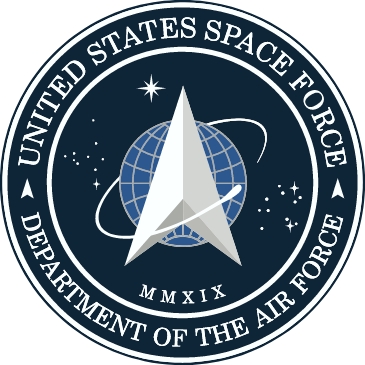
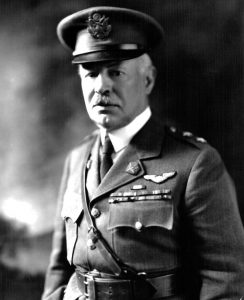
Matador Launch Gallery
Overview
Location: Florida
Also Known As: Banana River Naval Air Station
History
Patrick Space Force Base is about 20 miles south of Cape Canaveral Space Force Station and is home to the 45th Space Wing, the organization responsible for operations at Cape Canaveral Space Force Station and a division of the US Space Force.
For a more detailed historical chronology, see the Organization and Installation Name History.
WWII Era
Originally a U.S. Navy seaplane base known as the Banana River Naval Air Station during World War II, the base was inactivated in 1947.
The Navy transferred the Banana River Naval Air Station to the Air Force on 1 September 1948 in anticipation of a requirement for establishment of a missile test range extending into the Bahamas.
The base was renamed the Joint Long Range Proving Ground Base on 10 June 1949. On 1 October 1949, the Joint Long Range Proving Ground organization was activated with the U.S. Army assuming the first command of that new Joint activity. The name for the base was changed on 17 May 1950 to the Long Range Proving Ground Air Force Base.
Renamed Patrick Air Force Base
Effective 1 August 1950, the base was renamed Patrick Air Force Base, in honor of Major General Mason M. Patrick (photo left).
General Patrick had been Chief of the American Expeditionary Forces Air Services in World War I and Chief of the Air Service/U.S. Army Air Corps from October 1921 until his retirement on 13 December 1927. The official dedication ceremony for the newly named base was held on 26 August 1950. The photo (top left) shows what the base looked like at about the time of its name change to Patrick Air Force Base.
Matador Launch
Patrick Space Force Base is not a designated launch site, but there is an instance of a single unusual launch that took place from Patrick Space Force Base. It was Armed Forces Day, 20 May 1956, and a Matador missile was launched from the airfield off the north end of the Patrick Space Force Base main runway. The event was covered in the 25 May 1956 issue of the Missileer base newspaper.
The Matador was set up on a mobile launcher with a sandbagged launch control area about 50 yards to the left of the launcher. Thousands of spectators were in attendance and kept back several hundred yards from the launcher.
Prior to launch, traffic on highway A1A was stopped. As launch time approached, the Matador’s jet engine accelerated to full power and was tested for performance. The noise level to this point was not unusual to spectators familiar with hearing jet aircraft take off. At the appointed time, the Rocket Assisted Take-Off (RATO) bottle hanging beneath the rear of the Matador was ignited and the Matador leaped from the launcher, traveling over highway A1A and the beach and then flying out over the Atlantic Ocean. The extremely loud noise from the sudden RATO bottle ignition reportedly startled some of the observers. The RATO bottle, at burnout, fell into the ocean and was recovered.
Renamed Patrick Space Force Base
Effective 9 December 2020, the base was renamed Patrick Space Force Base.
Technical Laboratory Missile Display
Technical Laboratory Missile Display
Long-time residents of the area and many visitors to the Space Coast recall a missile display that once stood in front of the Technical Laboratory on highway A1A at Patrick Space Force Base. The Technical Laboratory is now home to the Air Force Technical Applications Center, but the missile displays were removed over the years due to deterioration and weather damage. Between 1956 and 1996, nine missiles were on display at various times — Matador, Snark, Bomarc, Pershing, Polaris, Thor, Atlas, Titan and Minuteman.
The display became quite a tourist attraction, especially before there was any public access to the Cape. There was no other place to see real missiles. Tourists from all over the world flocked to the Technical Laboratory (Tech Lab, as it was called) for a look. Times were different then. There were no fences nor gates at Patrick Space Force Base and visitors could easily pull off of highway A1A into the Tech Lab parking lot for a view. The displays became so popular that the Air Force Missile Test Center prepared a brochure, companies produced post cards, and one oil company even used the site on the cover of their Florida roadmap for distribution to travelers at their service stations. View the photo gallery at left to see a sampling of the missile display memorabilia.
Related Pages:
- Space Force Delta 45 & The US Space Force
- CCSFS Organization and Name History
- Banana River Naval Air Station Exhibit
- Matador Exhibit
- Matador Archived Photography
